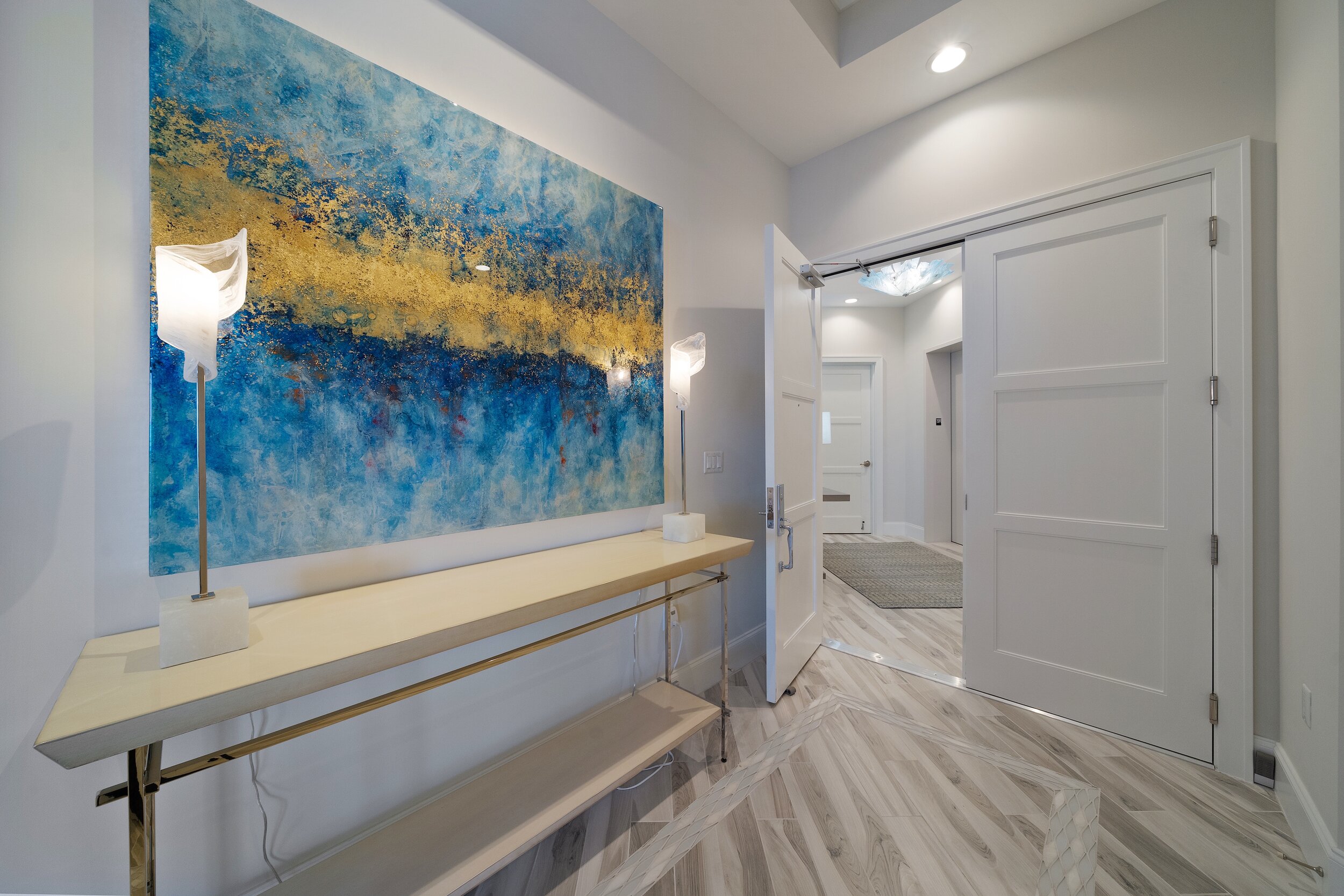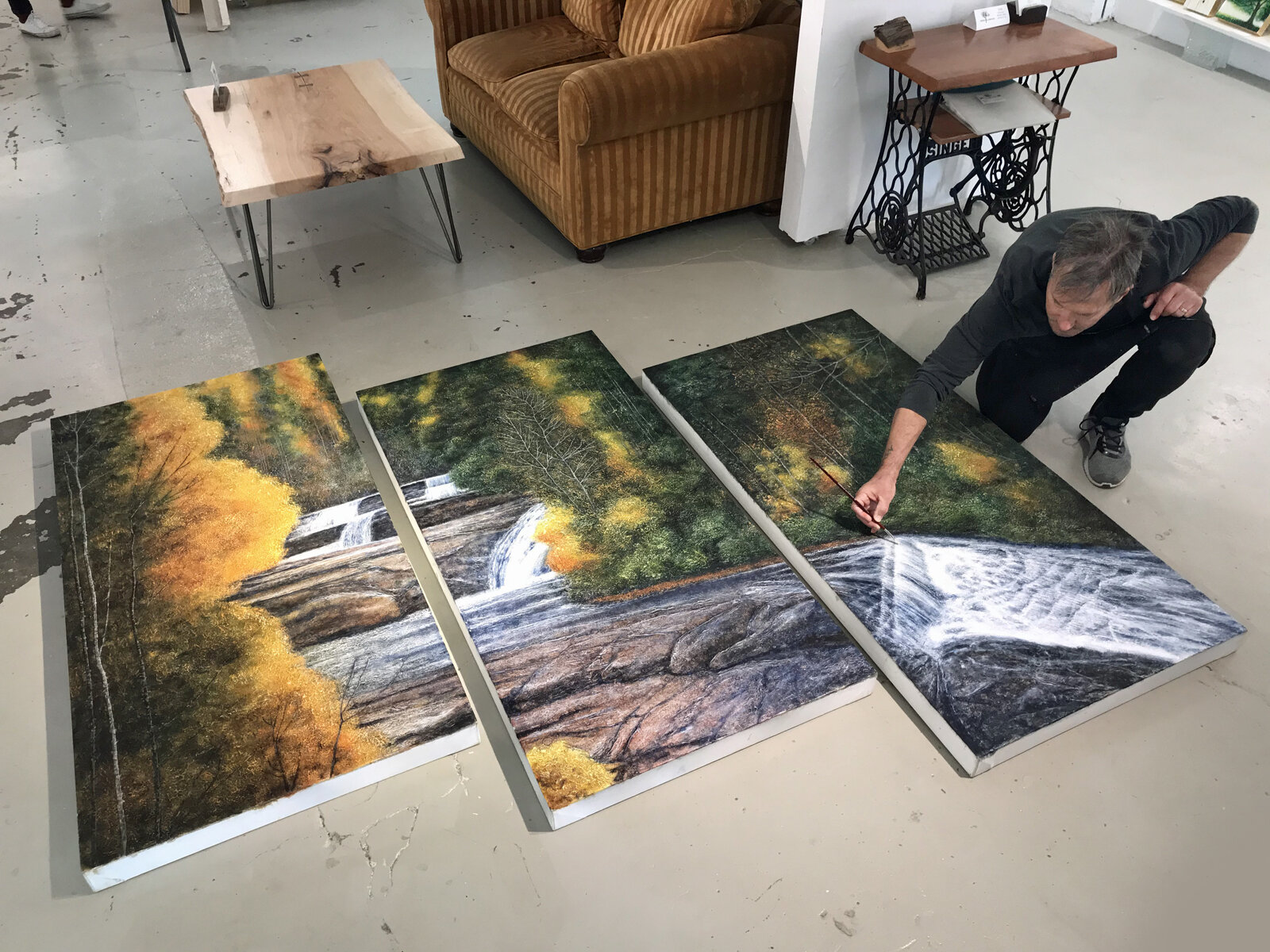As I was drinking my coffee early this morning, I was thinking about my day and what I had planned for it. I’m an artist; a painter specifically, and I work with oil paint. So thinking about my day meant figuring out which piece to work on first, and kind of plan in my head what I want to do with it. I went through each of the paintings I’m presently working on, poured another cup of coffee and thought, “you know, this whole “art thing” is really amazing. As a painter, I’m participating in a primal and ancient rite. Primal, because you give a one year old child a paper and crayons, and they know exactly what to do with them. Ancient because we’ve been creating since we identifiably became “modern” humans. As a species, we can’t seem to help ourselves. We have to creatively express what’s inside our heads. To me, that’s fascinating. And I call it a “rite” because that word evokes something mysterious and holy. A “rite” is the gate into the spiritual. And I absolutely believe art is spiritual. Art touches a part of us that is not just cognitive or physical. Art awakens a part of us that is the realm of the spirit and the heart. And that’s really incredible. How does art do that?
As a painter, I’m participating in a primal and ancient rite.
Art doesn’t so much make us think this or that as it evokes “feeling” in us. When you walk in through the doors of the Galleria dell'Accademia in Florence, Italy and walk down the long hallway toward Michelangelo’s David, you are captivated. You can’t help but feel it. David is extraordinary and he commands respect. Anyone who as been there and seen that incredible sculpture knows exactly what I’m talking about. When I visited Giverny, France and walked through Claude Monet’s home and garden, I felt it there too. The garden isn’t just plants, it’s artistically created, and it’s truly beautiful. It evokes calm and peace. Why does something I see evoke emotion? I don’t know how that works but I know it does and to me, that’s utterly fascinating.
I remember as a kid being taken to the Dorothy Chandler Pavillion to listen to Zubin Mehta conduct the L.A. Philharmonic orchestra. They were performing Beethoven’s Eighth Symphony and I remember crying. How does music do that?
We are incurably artistic beings, known for our intellect but really marked by our emotion and spirit. As I see it art is an ancient gateway, and whether you’re a year old kiddo with a red crayon, a poet, a gardener, a painter, a gourmet chef or a musician, you’re sort of entering another world when you create. You’re entering Eden (that paradise, that “better” place) and as you depict what you see or feel there, you bring Eden into this broken world. What a wonderful thing that is.
So close your computer and go grab a red crayon, a pen, a spade, a paint brush, a KitchenAid or guitar and let’s create something. Let’s bring Eden down, and walk there again in the cool of the day! Or you can fixate on coronavirus or the upcoming election. I’ll choose the paint brush. Care to join me?













